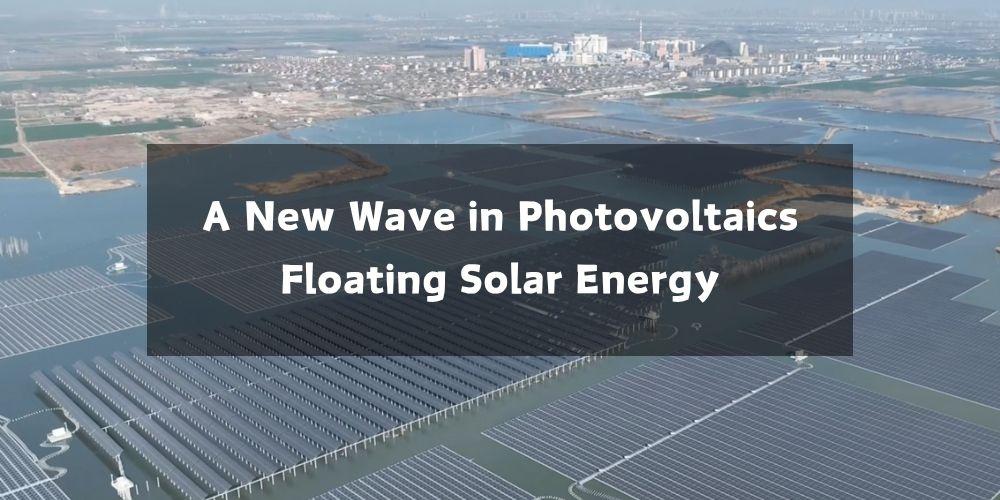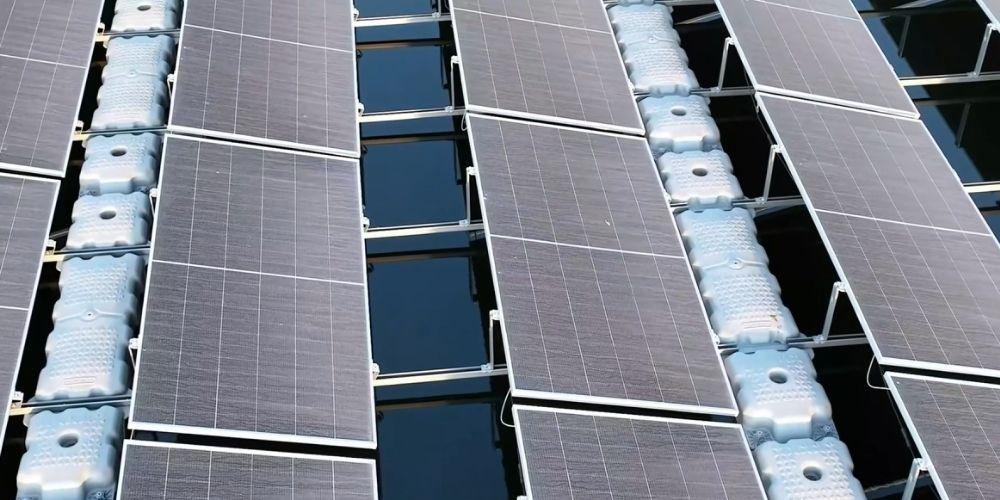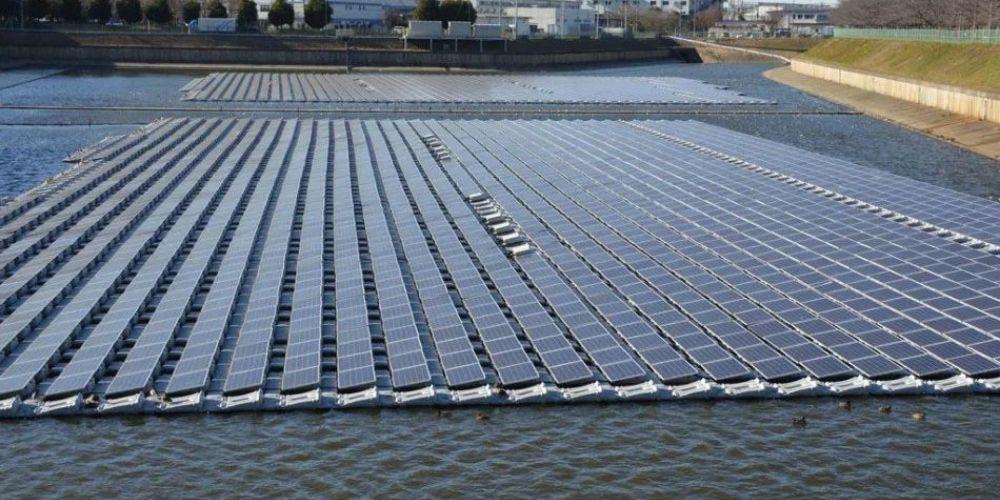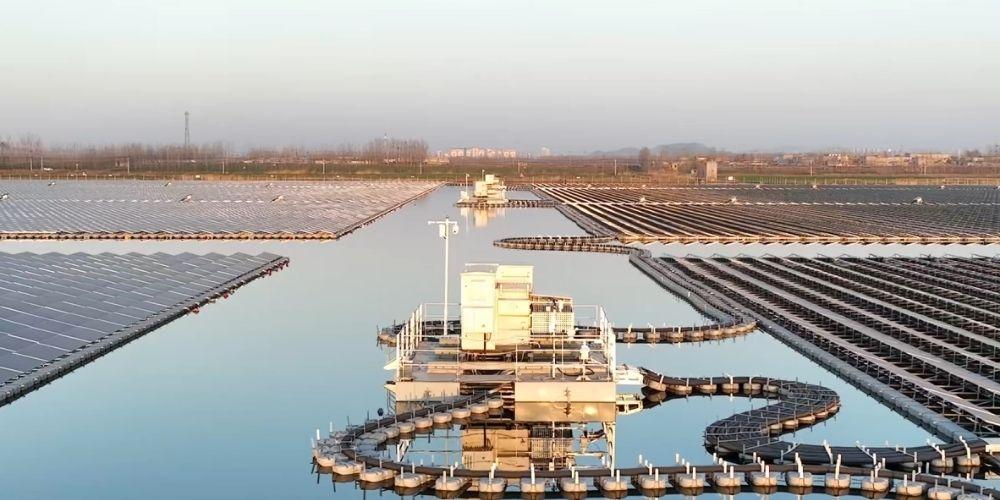A New Wave in Photovoltaics: Floating Solar Energy

Floating Photovoltaics
Floating photovoltaics (FPV), also known as floating solar, is a technology that deploys solar systems on water bodies. It is one of the five major innovative applications for the future of photovoltaics and is set to become a marketable form of solar power generation, alongside ground-mounted, rooftop, and BIPV systems. According to a World Bank report, even under conservative assumptions, utilizing just 1% of the world's potential water area could yield 400 GW of floating PV generation capacity.

Advantages of Floating Photovoltaics
Compared to land-based solar power stations, this new application scenario offers various benefits:
Land Optimization
Does not occupy land resources, optimizing land utilization.
Environmental Benefits
Reduces water evaporation, improves water quality, and inhibits algal growth, benefiting aquaculture and fishing.
Enhanced Efficiency
Water bodies provide better cooling for PV modules and cables, effectively increasing power generation efficiency compared to ground-mounted systems.

Suitable Conditions for Floating PV
Floating solar power stations can be constructed on various bodies of water, including natural lakes, artificial reservoirs, coal mining subsidence areas, and sewage treatment plants, as long as sufficient water area is available. Floating PV can transform "wastewater" into a new site for power generation while maximizing self-cleaning capabilities and minimizing evaporation, thereby purifying water quality. Floating stations can leverage the cooling effect of water to address temperature challenges faced by terrestrial PV systems, and the unobstructed exposure to sunlight is expected to enhance generation efficiency by approximately 5%.

Global Distribution of Floating PV
Geographically, the floating PV market is predominantly concentrated in Asia, accounting for 87% of the global market. China leads in installed capacity, while densely populated regions with scarce land resources but ample water, such as South Korea, Japan, Vietnam, India, the Philippines, Indonesia, and Singapore, are also increasing investments. In Europe, particularly in the Netherlands, the 27.4 MW floating solar power station near Zwolle was completed in just seven weeks and began operations in June 2020, making it the largest floating PV station in the world outside of China. Germany's first floating PV project is also underway.

Current Status of Global Floating PV Development
Since 2013, annual installations have been on the rise. More than 338 floating PV stations have been constructed across 35 countries. The increasing installation of floating PV is primarily aimed at addressing land shortages and conflicts with agricultural land use. According to a report by Wood Mackenzie, demand for global floating PV stations is expected to grow at an annual rate of 22% from 2019 to 2024.